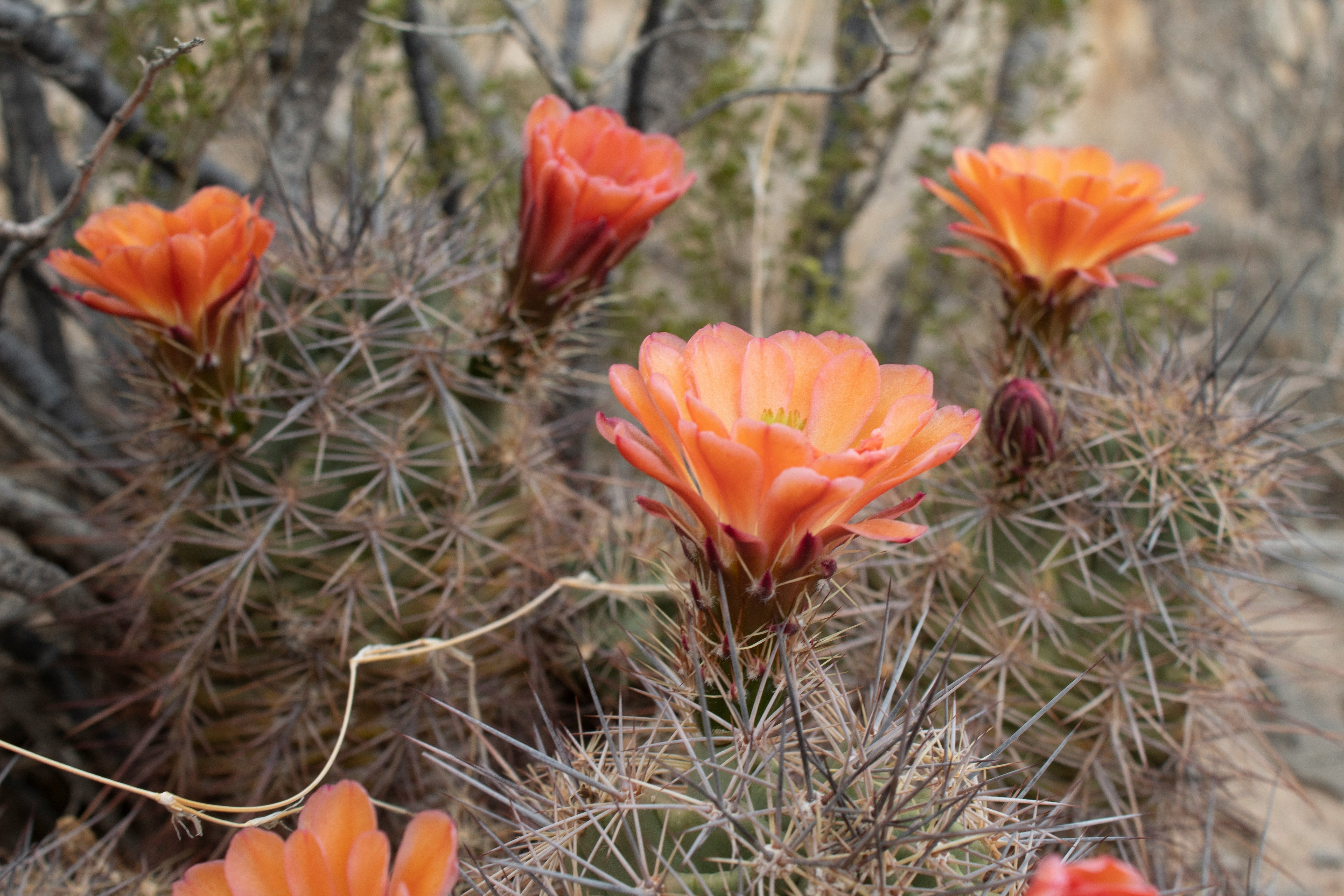
What’s your skin type? If you are new to skincare, start here! By Thirsty Turtl's Alisha
If you’re like me and still quite new to skincare, you may have experienced times when something your friend uses which they endlessly endorse, leaves your skin feeling less than silky. The answer to this might lie in your skin type. Yes, everyone has a skin type and can have different skin types! So what may leave your friend's face with a radiant glow may have your skin feeling tight. Recognizing and understanding your skin type is the foundation of a successful skincare routine. Doing so will allow you to select products that suit your specific concerns, leaving you with a healthy and balanced complexion.
Below you’ll find our guide to the exciting world of skin types. We'll explore how to identify yours, dive into the different kinds of dry, oily, and combination skin, and leave you with some tips on how to care for each type effectively.
Introducing the Skin Types:
Many factors influence your skin type, such as environment, genetics, and sebum (oil) production. Among the three most common skin types are:
- Dry Skin: Frequently has a dull, tight, and flaky appearance.
- Oily skin: This is characterized by big pores, a glossy look, and a tendency for breakouts.
- A combination of oily and dry skin (combination skin): usually means you have drier cheeks and an oily T-zone (forehead, nose, and chin).
How to figure out what your skin type is:
The Bare-Faced Method:
You can figure out your skin type at home by doing a few different tests.
The easiest technique uses just your clean, bare face:
- Use a mild cleanser to wash your face.
- Stay away from harsh products that deplete natural oils. Using a fresh towel, pat your face dry.
- Give it half an hour. Give your skin time to revert to its original form. Then look at your skin.
- Ask “What is the sensation? Is it tight, glossy, or something in between?”
Remember as you do these tests:
Dry Skin: Has a tight, tough, or flaky feel. You may become irritated or redden. Pores frequently seem smaller and less noticeable.
Oily Skin: Especially in the T-zone, your skin can feel glossy or greasy. Over the day, your face may appear dewy. Pores are typically larger and more obvious.
If you have combination skin, you'll have a variety of traits. The cheeks may feel normal or slightly dry, but the T-zone may seem greasy.
The Blotting Sheet Test: A Different Method
For a more practical method, consider utilizing the blotting sheet test:
- Once your face is clean and dry, apply pressure with a fresh blotting sheet to the forehead, nose, and cheeks.
- Expose the sheet to the sunlight. An oily zone is indicated by significant oil transfer.
Beyond the Fundamentals: Comprehending Sensitive Skin
Any basic skin type can coexist with sensitive skin. It is distinguished by an increased sensitivity to specific skincare products or outside influences, such as variations in the weather. Sensitive skin symptoms include:
- Redness
- sensation of burning or stinging
- Itching
- arid areas
For specific guidance, see a dermatologist if you think you may have sensitive skin. They will be able to suggest fragrance-free, mild products designed for delicate skin.
How To Take Care of Your Skin Type
Now that you are aware of your skin type, let's look at some fundamental skincare routines specific to each:
- Dry Skin: Hydration is Key: Use hyaluronic acid glycerin, or other humectants (ingredients that attract water) in your gentle cleansers and fragrance-free moisturizers.
- Gently exfoliate your skin by using chemical exfoliants such as alpha hydroxy acids (AHAs) to get rid of dead skin cells without irritating them.
- Nourishing Oils: For added hydration, try using face oils like rosehip or jojoba.
- Oily Skin: Wash Your Skin Twice a Day: To get rid of extra oil without removing the skin's natural barrier, use a mild, foamy cleanser.
- Light, Oil-Free Moisturisers: To avoid blocked pores, look for products marked as "non-comedogenic" or "oil-free".
- Frequent Exfoliation: To avoid blocked pores and breakouts, exfoliate your skin two to three times a week with a physical or chemical exfoliator.
- Combination Skin: Targeted Approach: Apply a mild cleanser that works well on both dry and oily skin.
- Zone-Specific Moisturising: Use a thicker moisturizer on dry cheeks and a lighter, oil-free moisturizer on the T-zone.
- Targeted Treatments: Apply moisturizing masks to dry areas and clay masks to the T-zone to manage oil.
Lastly, your girls at Thirsty Turtle recognize the value of accommodating various skin tones. We do provide a selection of all-natural, mild products that work well for all skin types, especially for sensitive skin!

